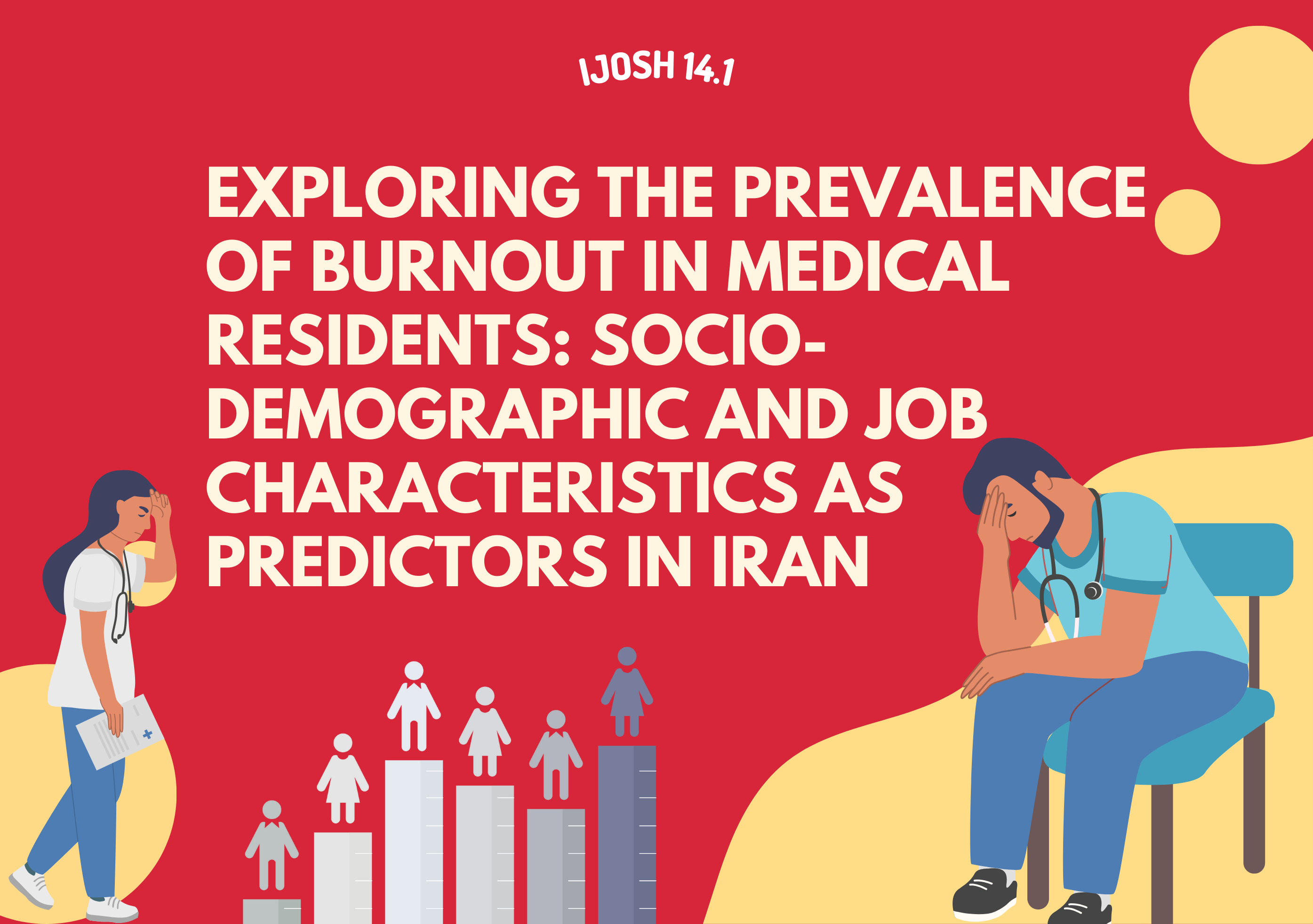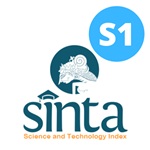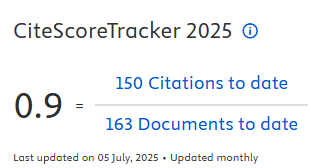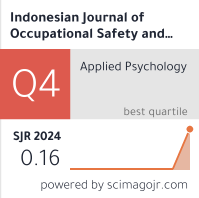Exploring the Prevalence of Burnout in Medical Residents: Socio-Demographic and Job Characteristics as Predictors in Iran

Downloads
Introduction: Burnout is a psychological syndrome that develops due to chronic stressors in a person's professional life, resulting in emotional exhaustion and detachment. The objective of this study was to determine the prevalence of burnout among medical residents, considering socio-demographic variables and job characteristics, and to predict burnout in this group. Medical residents often face specific pressures such as long working hours, sleep deprivation, high patient loads, and emotional demands from patient care, which contribute to their overall stress levels. Methods: A cross-sectional study was conducted in the academic year 2019-2020, involving 164 residents from two general hospitals who completed the Persian versions of the Job Content Questionnaire (JCQ) and Maslach Burnout Inventory (MBI-HSS). Results: A significant proportion of residents reported burnout symptoms, with 73.7% experiencing moderate to high levels of emotional exhaustion and 64.4% indicating moderate to high levels of depersonalization. Additionally, 90.1% of residents reported low perceived professional efficacy. Among the subscales of MBI-HSS, reduced professional efficacy was found to be the highest. Psychological demands and limited decision latitude were significant predictors of burnout, particularly in relation to emotional exhaustion and depersonalization. Conversely, support from family and co-workers, as well as higher levels of experience, were associated with lower depersonalization and improved professional efficacy. Conclusion: Overall, medical residents in Iran face significantly high levels of burnout, which are influenced by specific personal and job characteristics. Consequently, preventive and therapeutic interventions are necessary to address this pressing issues.
Abdulrahman, M., et al. (2018) Burnout And Depression Among Medical Residents In The United Arab Emirates: A Multicenter Study, Journal of Family Medicine and Primary Care, 7(2), pp. 435-441.
Al Qannass, S. M. and Al Ahmari, R. (2021) Factors Affecting Training Efficacy In Residency Program Adopted By New Graduate Nurses In Saudi Arabia, Open Journal of Nursing, 11(1), pp. 1042-1051.
Alhaffar, B. A., Abbas, G. and Alhaffar, A. A. 2019. The Prevalence Of Burnout Syndrome Among Resident Physicians In Syria, Journal of Occupational Medicine and Toxicology, 14, pp. 1-8.
Choobineh, A., Ghaem, H. and Ahmedinejad, P. (2011) Validity And Reliability Of The Persian [Farsi] Version Of The Job Content Questionnaire: A Study Among Hospital Nurses. Emhj-Eastern Mediterranean Health Journal, 17 (4), pp. 335-341.
De Hert, S. (2020) Burnout In Healthcare Workers: Prevalence, Impact And Preventative Strategies. Local And Regional Anesthesia, 13, pp. 171-183.
Dopmeijer, J. M., et al. (2022) The Role Of Performance Pressure, Loneliness And Sense Of Belonging In Predicting Burnout Symptoms In Students In Higher Education, Plos One. 17(12), pp. 1-11.
Edú-Valsania, S., Laguía, A. and Moriano, J. A. 2022. Burnout: A Review Of Theory And Measurement. International Journal of Environmental Research And Public Health, 19, pp. 1-27.
Harvey, F. 2020. Physician Burnout Quality Of Life/Wellness Resource Pilot Program, Journal of Medical Research and Health Sciences, 3(2), pp. 886-912.
Huang, E. C.-H., et al. (2019) Resident Burnout In Taiwan Hospitals—And Its Relation To Physician Felt Trust From Patients, Journal Oo The Formosan Medical Association, 118, pp. 1438-1449.
Darke, I. D. et al. (2024) Co-Worker Support And Affective Commitment During A Global Crisis: Evidence From An Emerging Economy. Cogent Business & Management, 11(1), pp. 1-11.
Jabali, S. T., et al. (2013) Reliability And Validity Of Persian Version Of Job Content Questionnaire In Health Care Workers In Iran, The International Journal of Occupational and Environmental Medicine, 4(2), pp. 96–101.
Karasek, R., et al. (2007) Testing Two Methods To Create Comparable Scale Scores Between The Job Content Questionnaire (JCQ) And JCQ-Like Questionnaires In The European Jace Study. International Journal of Behavioral Medicine, 14, pp. 189-201.
Kokabisaghi, F. (2018) Assessment Of The Effects Of Economic Sanctions On Iranians’ Right To Health By Using Human Rights Impact Assessment Tool: A Systematic Review, International Journal Of Health Policy And Management, 7(5), pp. 374–393.
Lin, C.-Y., et al. (2022) Psychometric Properties Of The Maslach Burnout Inventory For Medical Personnel (Mbi-Hss-Mp). Heliyon, 8(2), pp. 1-8.
Low, Z. X., et al. (2019) Prevalence Of Burnout In Medical And Surgical Residents: A Meta-Analysis, International Journal of Environmental Research and Public Health, 16(9), pp.1-22.
Maslach, C. (2003) Burnout: The Cost Of Caring. Los Altos: ISHK
National Academies Of Sciences, Engineering, And Medicine (2019) Factors Contributing To Clinician Burnout And Professional Well-Being. Intaking Action Against Clinician Burnout: A Systems Approach To Professional Well-Being. National Academies Press (Us).
Office Of The Surgeon General (OSG) (2022) Addressing Health Worker Burnout: The Us Surgeon General’s Advisory On Building A Thriving Health Workforce
Portoghese, I., et al. (2020) Job Demand-Control-Support Latent Profiles And Their Relationships With Interpersonal Stressors, Job Burnout, And Intrinsic Work Motivation. International Journal of Environmental Research and Public Health, 17, pp. 1-21.
Rahimi, B., et al.( 2024) Challenges and Solutions of Medical Residency: The Example of Iran. BMC Health Services Research. 24, pp. 1-10.
Revelle, W. (2018) Package Psych: Procedures for Psychological, Psychometric, and Personality Research. Northwestern University: Evanston, IL.
Rodrigues, H., et al. (2018) Burnout Syndrome Among Medical Residents: A Systematic Review And Meta-Analysis. Plos One, 13(11), pp. 1-17.
Saintila, J., et al. (2024) Association Between Sleep Duration And Burnout In Healthcare Professionals: A Cross-Sectional Survey. Frontiers In Public Health, 11, pp. 1-8.
Shamloo, Z. S., et al. (2017) Validity And Reliability Of The Persian Version Of The Maslach Burnout Inventory (General Survey Version) In Iranian Population, Iranian Journal Of Psychiatry And Behavioral Sciences, 11(2), pp. 1-9.
Sheikhmoonesi, F., et al. (2017) Prevalence of Burnout among Resident Physicians in Mazandaran University of Medical Sciences, Iran. Global Journal Of Health Science, 9(4), pp. 50-56.
Soltanifar, A., et al. (2018) Burnout Among Female Emergency Medicine Physicians: A Nationwide Study. Emergency Medicine Australasia, 30, pp. 517-522.
Steffgen, G., Sischka, P. E. and de Henestrosa, M. F. (2020) The Quality Of Work Index And The Quality Of Employment Index: A Multidimensional Approach Of Job Quality And Its Links To Well-Being At Work. International Journal of Environmental Research and Public Health, 17, pp. 1-31.
Tahar, Y. B., et al. (2023) Emotional Demands And Entrepreneurial Burnout: The Role Of Autonomy And Job Satisfaction, Small Business Economics, 61, pp. 701-716.
Temple, J. (2014) Resident Duty Hours around the Globe: Where are We Now?. BMC Medical Education, 14 (Suppl 1), pp. 1-5.
Verougstraete, D. and Idrissi, S. H. (2020) The Impact Of Burn-Out On Emergency Physicians And Emergency Medicine Residents: A Systematic Review, Acta Clinica Belgica, 75, pp. 57-79.
World Health Organization, 2018. International Classification Of Diseases For Mortality And Morbidity Statistics (11th Revision).

This work is licensed under a Creative Commons Attribution-NonCommercial-ShareAlike 4.0 International License.

In order to be accepted and published by The Indonesian Journal of Occupational Safety and Health, Author(s) who submit an article should complete all the review process. The copyright of received articles assigned to the The Indonesian Journal of Occupational Safety and Health and Department of Safety and Health, Universitas Airlangga as publishers of the journal. The intended copyright includes the rights to publish articles in various forms (including reprints).
The Editorial Team of The Indonesian Journal Of Occupational Safety and Health and Department of Safety and Health strive to ensure that no errors occur in the articles that have been published, both data errors and statements in the article.
Users of this website will be licensed to use materials from this website following the Creative Commons Attribution-NonCommercial-ShareAlike 4.0 International License. No fees charged. Please use the materials accordingly.
------------------------------------------------------------------------------------------------------------------------------------------------------------------------------------------
Attribution ” You must give appropriate credit, provide a link to the license, and indicate if changes were made. You may do so in any reasonable manner, but not in any way that suggests the licensor endorses you or your use.
NonCommercial ” You may not use the material for commercial purposes.
ShareAlike ” If you remix, transform, or build upon the material, you must distribute your contributions under the same license as the original.







 How to Submit Articles in OJS
How to Submit Articles in OJS

























